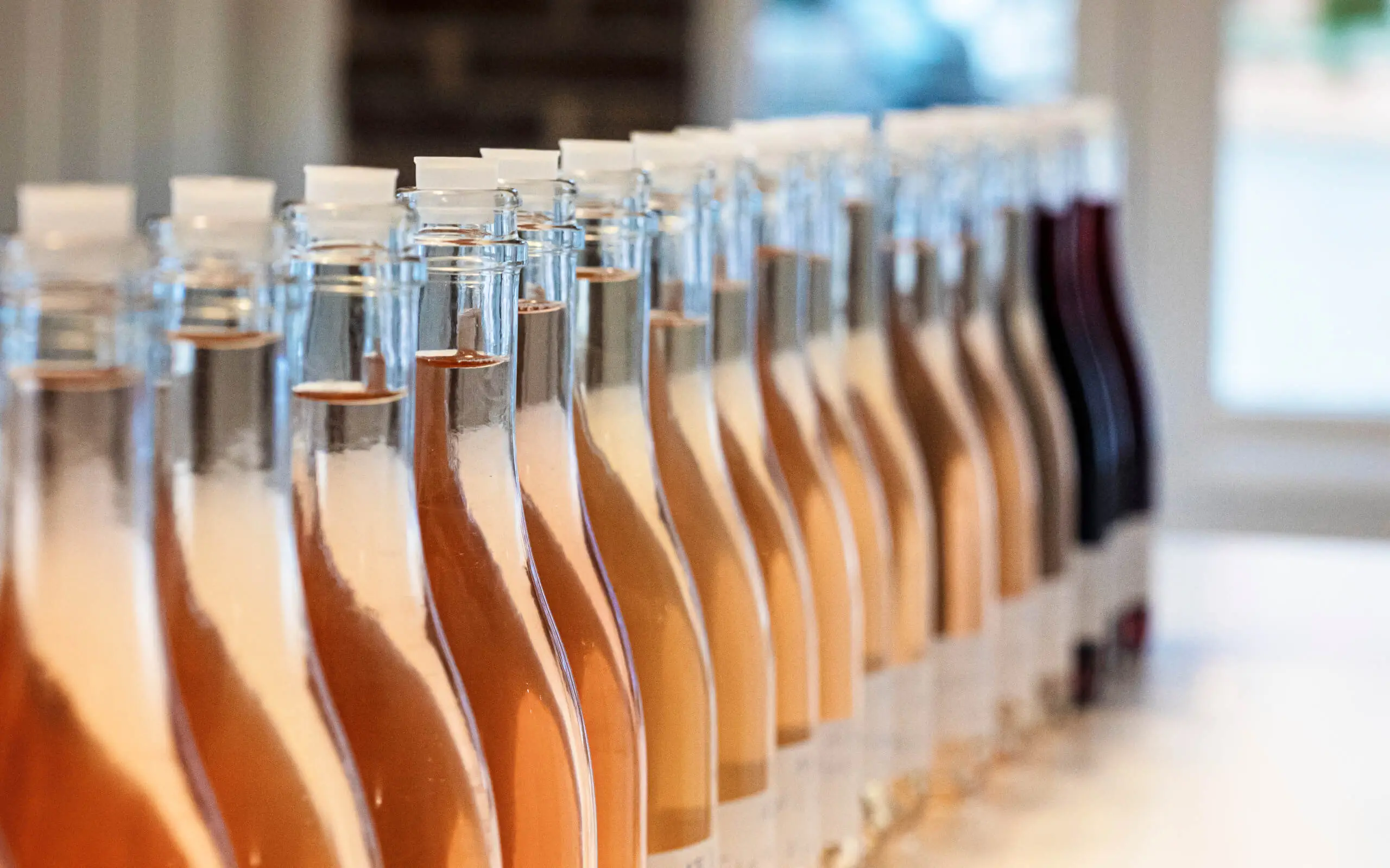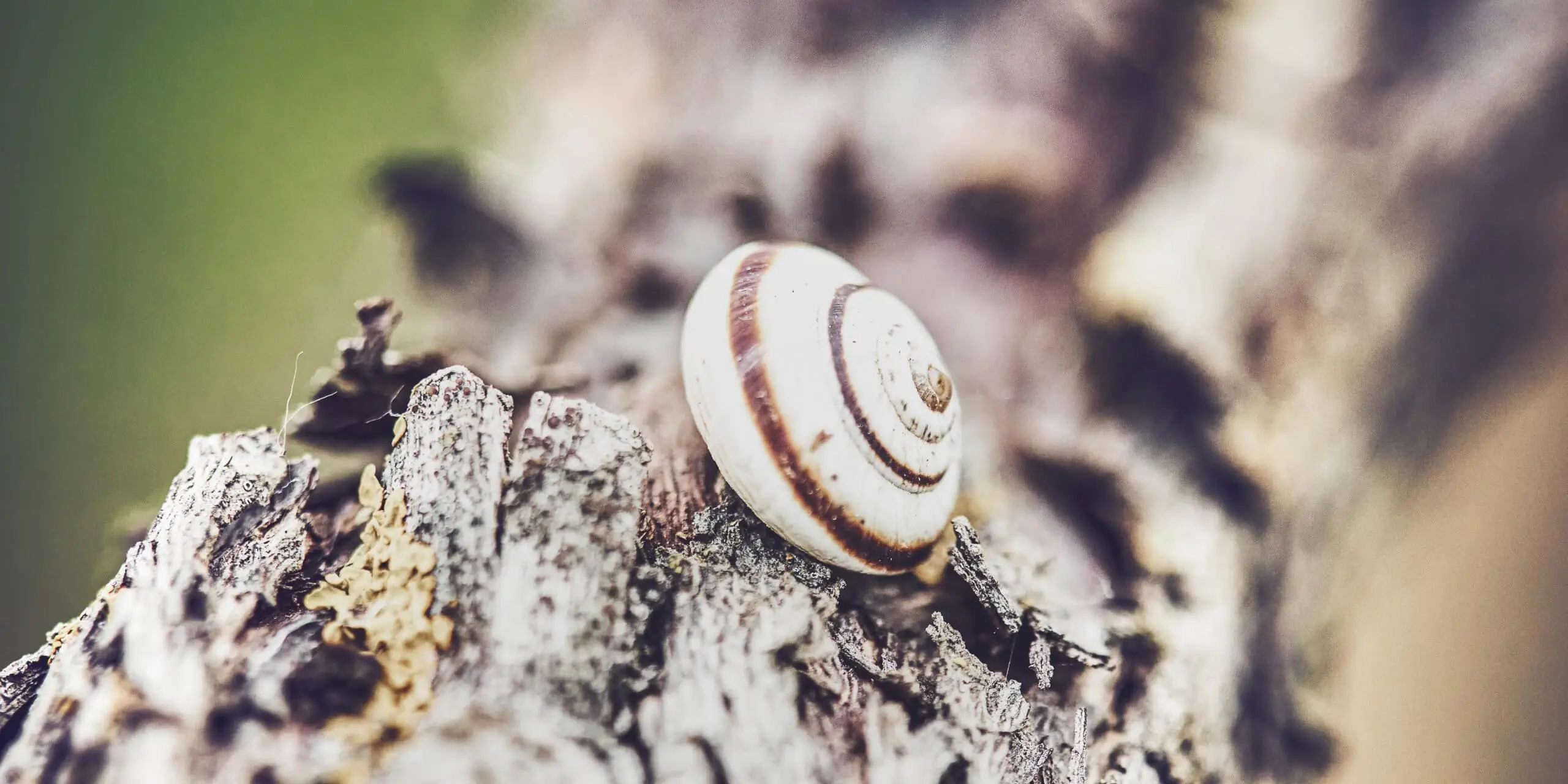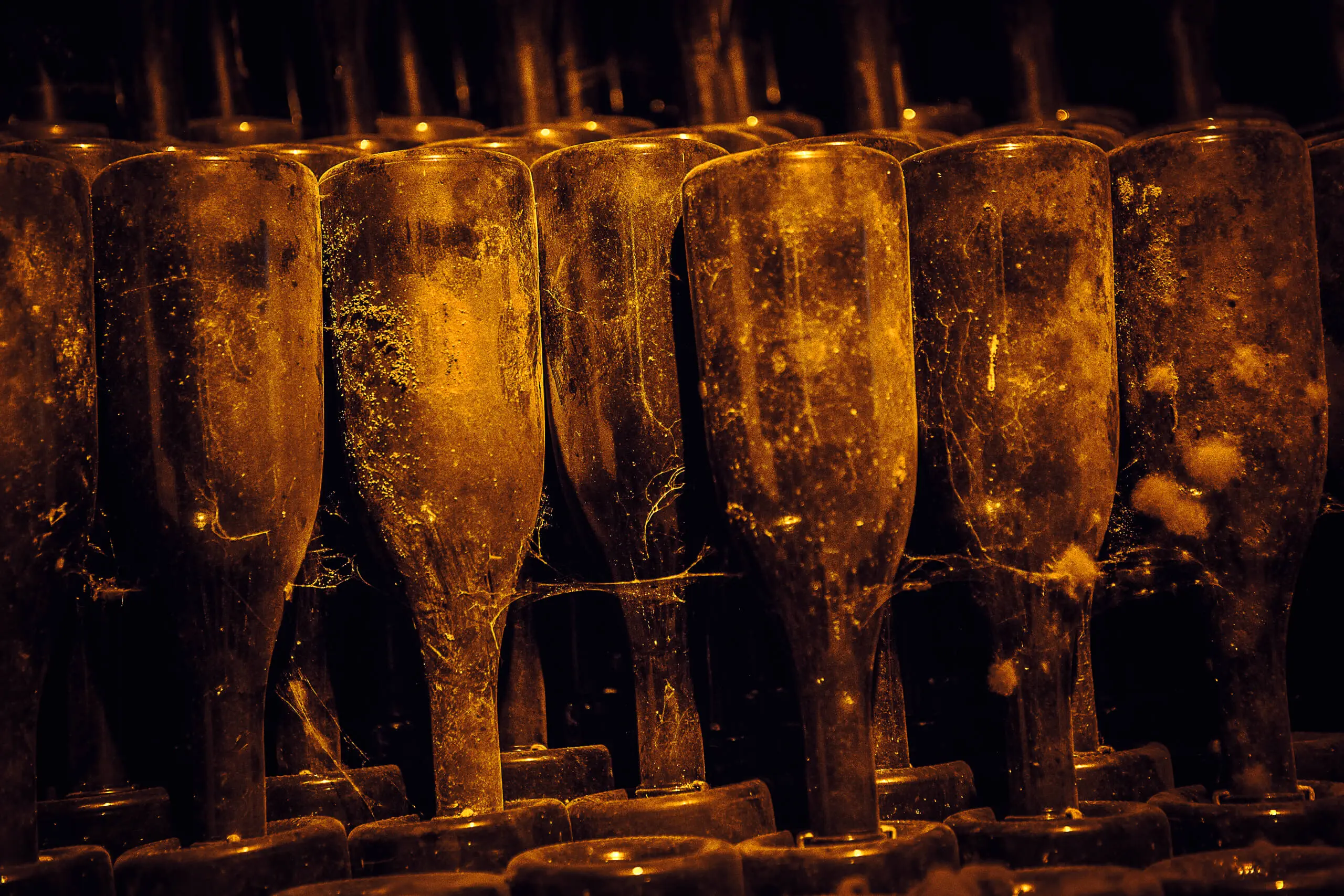We are writing the beginning of an eternity…
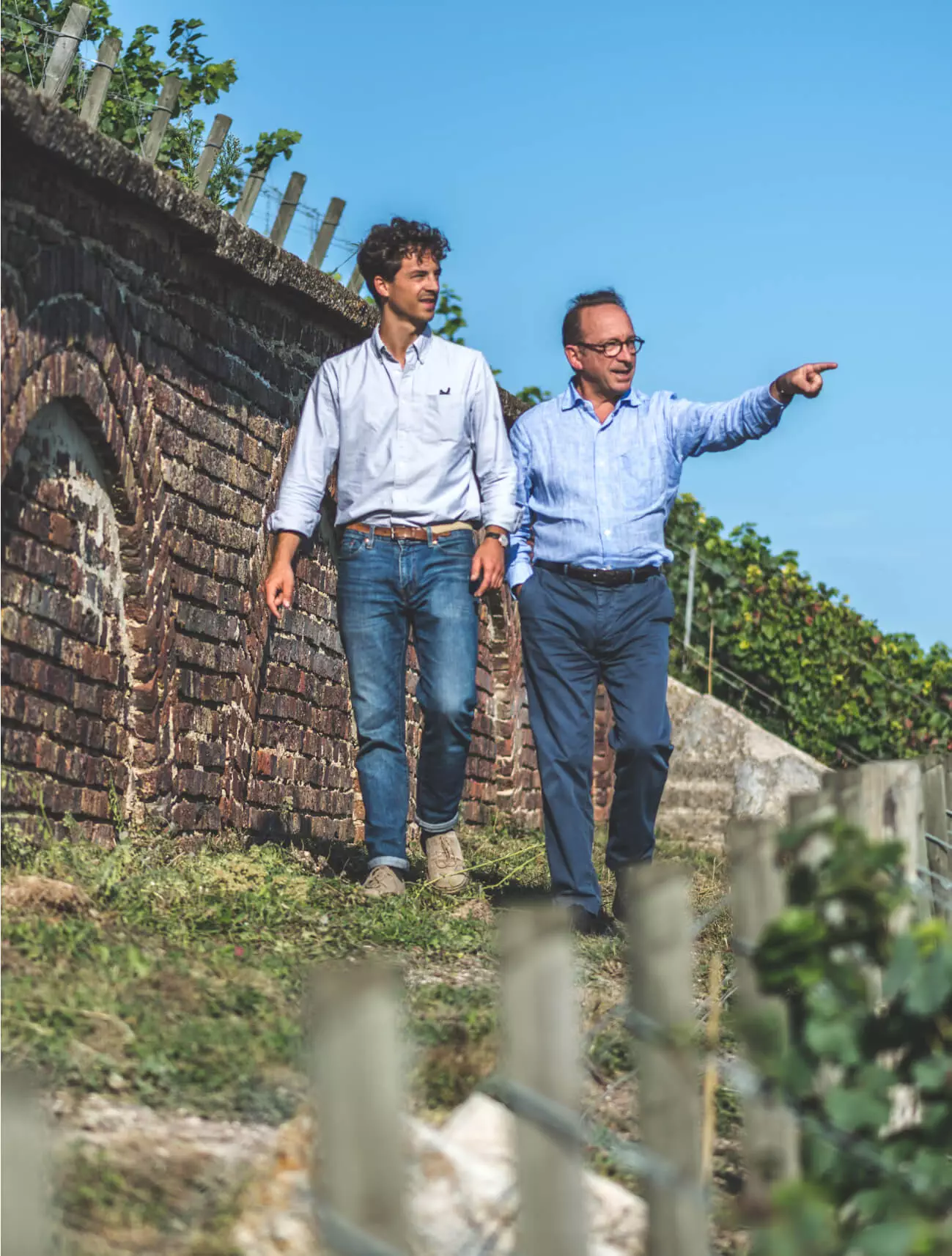
In perpetual motion,
naturally
The Passage of Time.
The Philipponnat family has been established in the Champagne region for over 500 years.
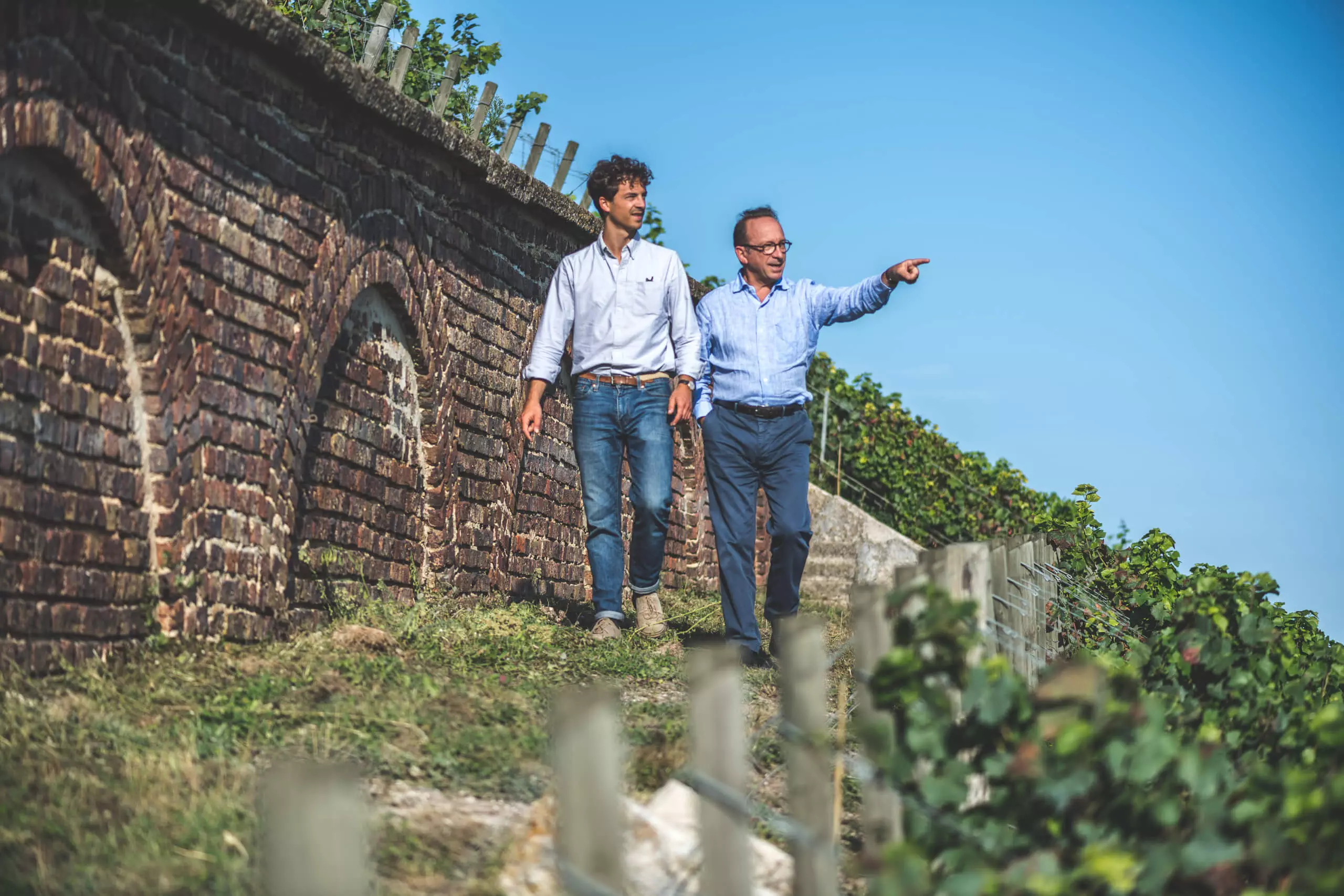
This heritage does not bind us to the past. On the contrary, it is proof of our ability to evolve and progress without ever changing our ambition: to continue to showcase our roots, our terroir and our expertise with our favourite grape variety, Pinot Noir.
Over the last two to three decades, the House has greatly enhanced the quality of its wines, as well as its reputation, by innovating and creating new cuvées that have now reached maturity.
By changing the name of our essential cuvée, our brut non-vintage formerly known as ‘Royale Réserve’, to ‘Réserve Perpétuelle’, we are more accurately portraying the wine in two ways. The first is to reflect the true nature of its blend and the way in which we manage reserve wines. The second symbolizes our desire for constant progress that has always guided us and that inspires our motto, in perpetual motion.
Our world is changing faster than ever. We have to change too, to ensure that ultimately nothing changes. In our vineyards, with our partners, in our cellars, and in everything we do for our customers and loyal wine-lovers, we believe in the relentless pursuit of perfection, excellence and progress. We know that ultimate perfection is unattainable. But we are committed to pursuing it every day. It is this perseverance that guarantees the vitality of the House of Philipponnat and the constantly renewed quality of its wines.
Mobilis in mobile
We need to be agile in the face of change.
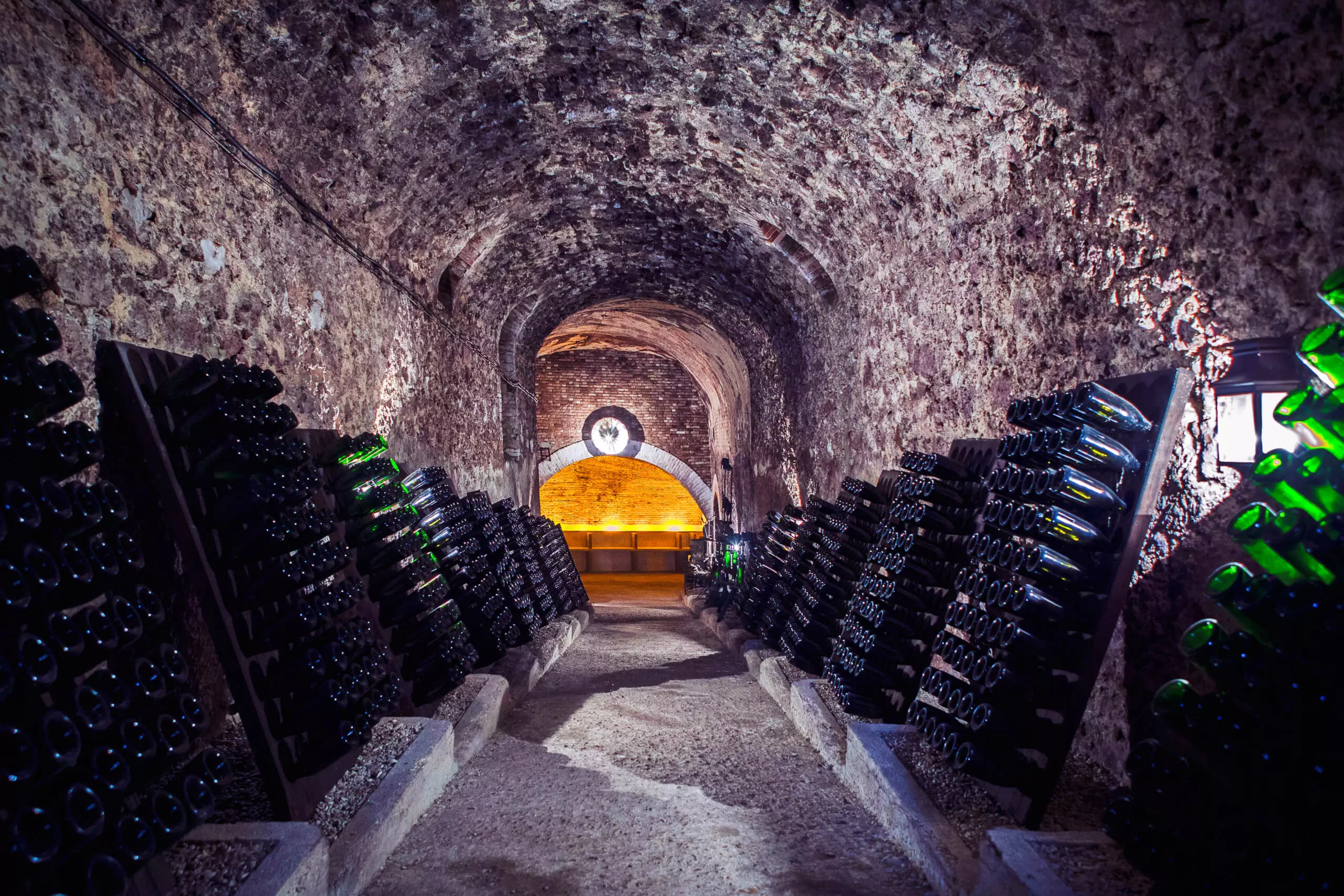
The Earth, and with it the Champagne region, are changing. As is Philipponnat.
With five centuries of history behind us, we are now faced with the challenge not of adapting to, but of anticipating changes in our environment, be they climatic, scientific, societal or economic. We shifted in the direction of sustainable development over thirty years ago, for good reason, and with prudence and determination. But that’s not enough. Other challenges await us, in the form of new diseases that we will have to overcome, as we did phylloxera in the past. The strict ban on the use of any phytosanitary products other than organic or mineral products that have been proven to be harmless forces us to question our practices and our viticultural choices, and even to change our grape varieties and rootstocks. To be sustainable, we need to change by cultivating resilience and creativity. Our time – past, present and future – is the epitome of perpetual motion, maintained by loyalty to our land and its history, and by innovation.
This motion is often paradoxical. How can we plough and weed without injuring the vines, other than by using modern, adapted ploughs? How can we combat mildew without systemic products, except by reacting within twenty-four hours, using suitable, modern, economical and effective equipment? How can malolactic fermentation be carried out, if at all, to preserve the freshness of the wines, without modern temperature control? It is progress that allows us to preserve the quality and style of our wines by doing only that which was possible a hundred years ago. Not for the sake of doing something different, but for the sake of doing the same thing, only better. And tomorrow, better still.
